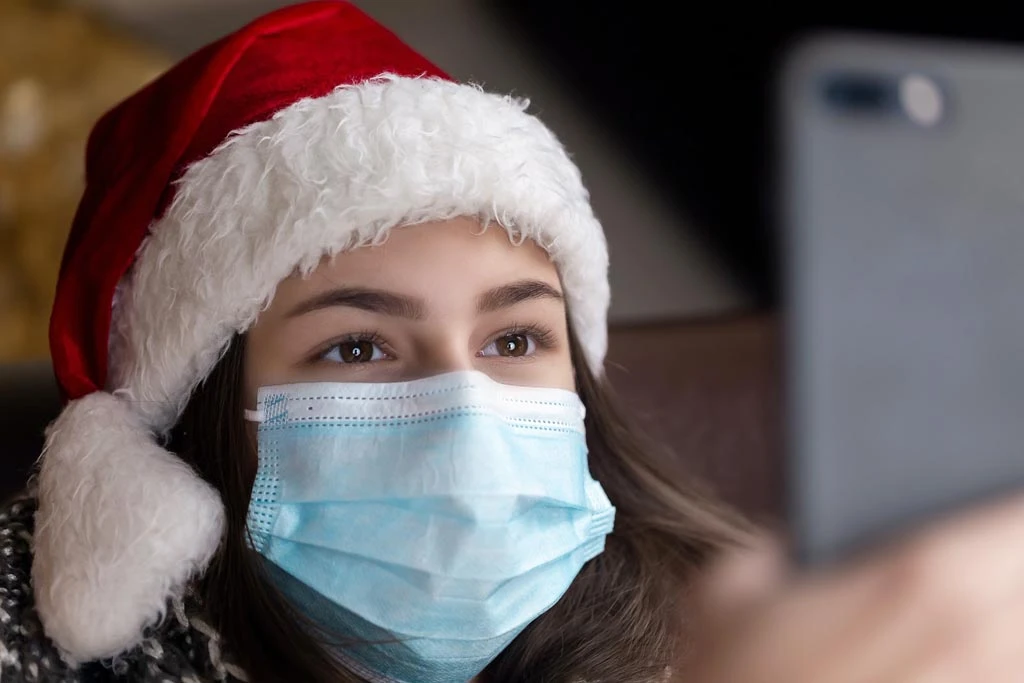Ever since COVID-19 entered the scene, people have become much keener, in terms of cleaning and disinfection. It’s no longer enough that something is clean; these days, it has to be disinfected, too. As a result, many have been conducting online searches on how to disinfect and clean your condo hassle-free to ensure that their home becomes virus-free.
To make sure that your home remains a safe haven for your family, learn which home items need to be disinfected regularly. Take note of these in your chore list to keep your home clean. These include household and personal items that are regularly touched or held, brought outside, and those that you use for your face.
Because these things are made of different materials, it is best to learn tips on how to disinfect each item. It might take extra effort on your part; but, hey, welcome to the new normal! Follow the tips below on how to kill household germs found in household items you might have.
1. Keyboard
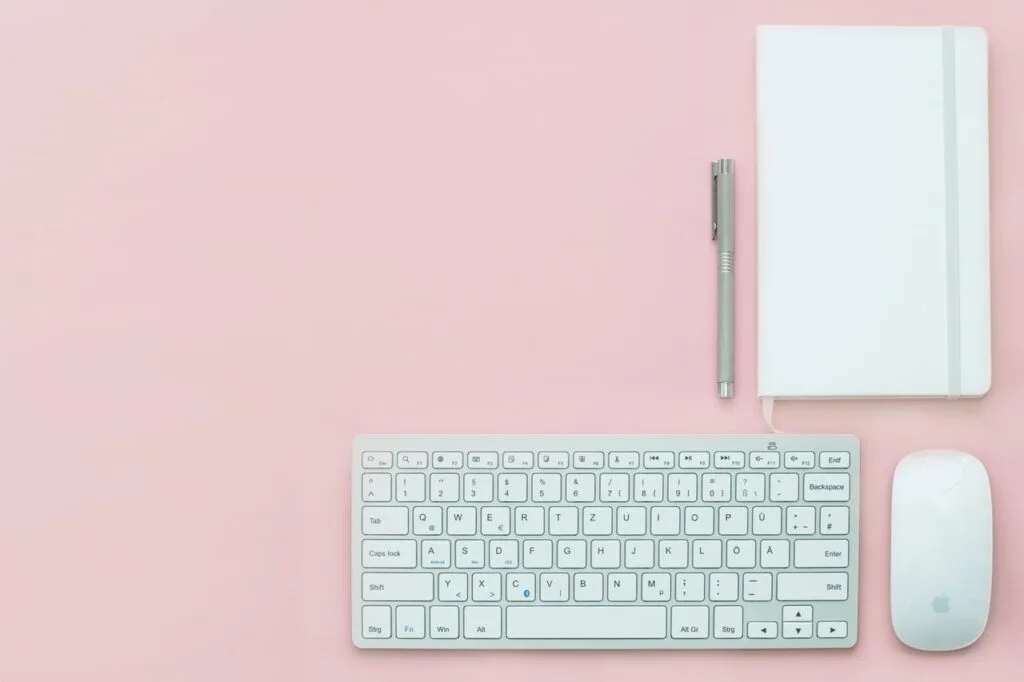 Photo courtesy of Lum3n via Pexels
Photo courtesy of Lum3n via Pexels
With the rise of freelance workers and professionals transitioning into a work-from-home set-up, many are glued to their laptops and desktops for work. Because the hands are mainly used to operate a keyboard, wherever your fingers have been in contact with, there the germs will also be. In this case, it’s at least 20.598 times dirtier than a regular toilet seat.
To clean your keyboard, remove large dust particles lying underneath using a compressed air canister or a mini-vacuum cleaner. Then dip a linen-free cloth in 70% solution isopropyl alcohol or non-bleach disinfectant. Wipe each of the keys of your keyboard. If you’re using a laptop, wipe the whole surface including the trackpad and the external mouse, if you’re using one.
2. Remote controls
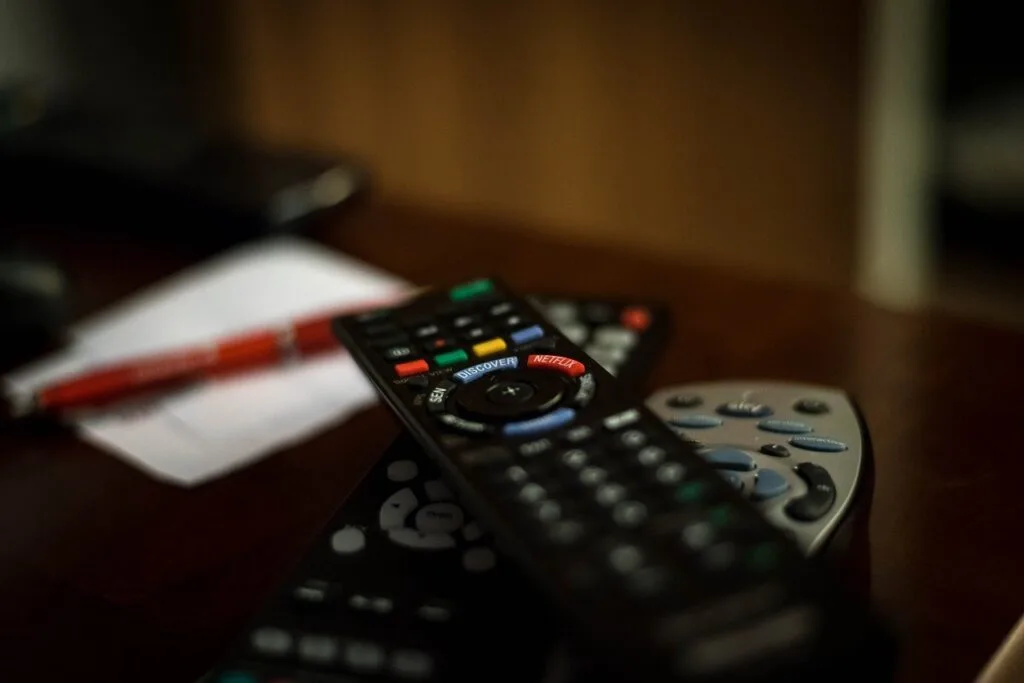 Photo courtesy of tookapic via Pixabay
Photo courtesy of tookapic via Pixabay
Similar to your work keyboard, remote controls are also among the most touched items in a home. When cleaning remote controls (RCs), remove the batteries, first. Then turn the RC upside down; so that where the buttons are facing downward. Then gently tap the RC against your palm to loosen and remove any debris caught in between and underneath the keys. Or, similar to cleaning your keyboard, you can also use a compressed air canister or a mini-vacuum cleaner.
Afterward, wipe the remote with a piece of cloth dipped in rubbing alcohol or bleach and water solution (4 teaspoons of bleach into a quart of water). If you’re using the solution, make sure to wipe the remote with a moist cloth to avoid causing discolorations. Dip cotton swabs in rubbing alcohol to clean hard-to-reach areas of your remote control. Let it air dry, then re-install the batteries.
3. Doorknobs and handles
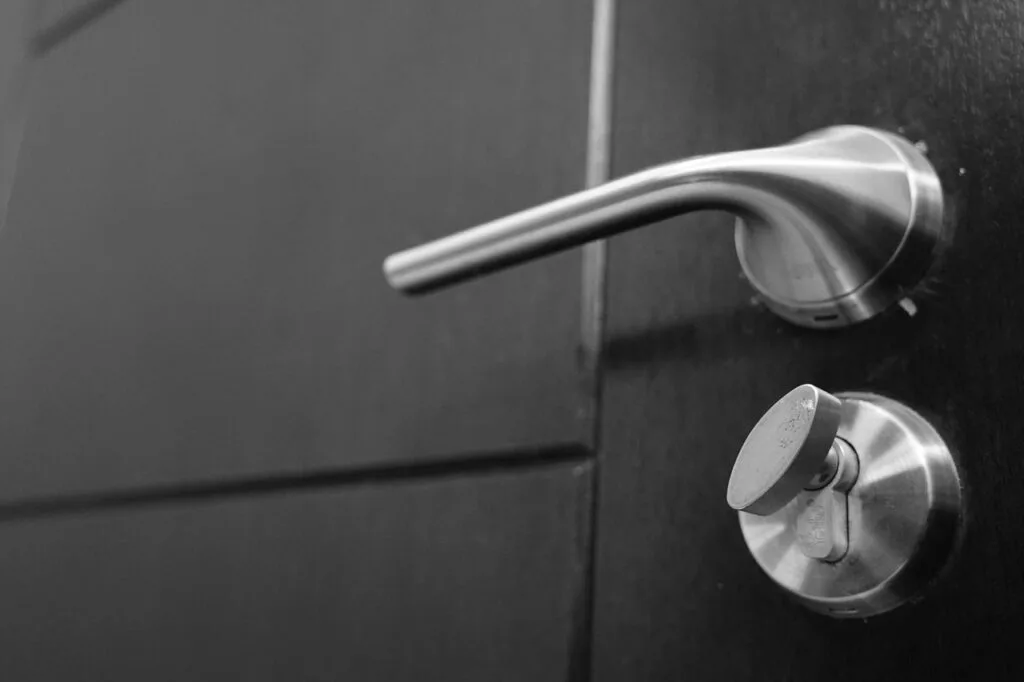 Photo courtesy of khairul nizam via Pexels
Photo courtesy of khairul nizam via Pexels
Not a single day passes by when you don’t touch your home’s doorknobs or door handles. Their surfaces are frequently touched by other people at your home, making them an easy possible source of the Novel Coronavirus.
When touching doorknobs and handles, it is best to use disinfecting wipes. The best disinfectant for home knobs and handles is a bleach solution since this is an effective way to kill viruses, including the Novel Coronavirus.
Using a piece of cloth dipped in bleach solution or disinfectant, wipe the doorknobs and handles thoroughly. To prevent rust, wipe them with a piece of cloth dipped in water, then wipe them dry.
4. Kitchen sponges
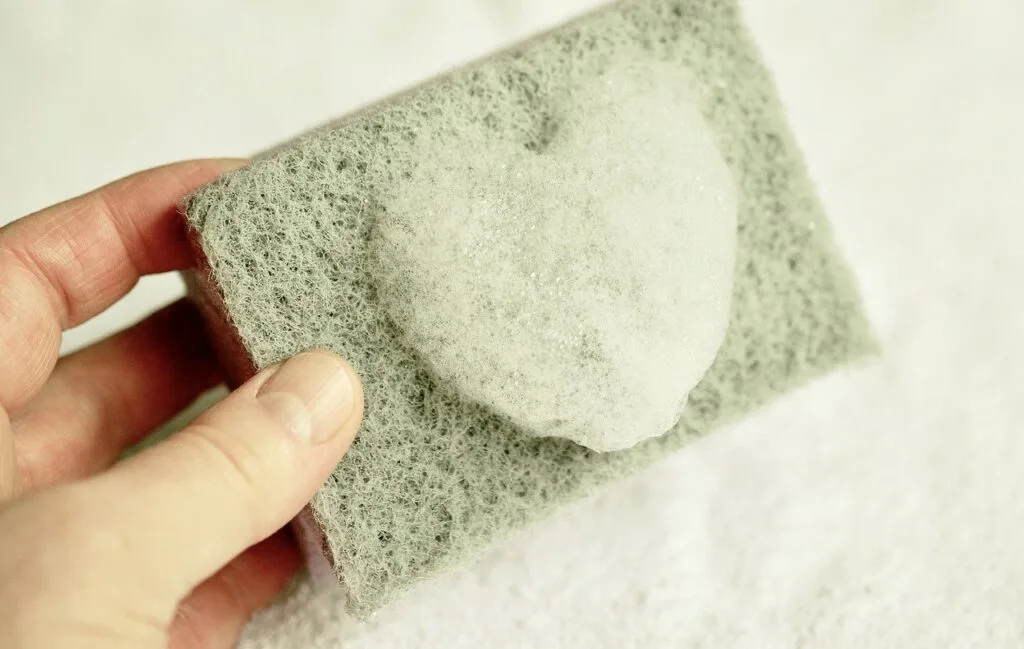 Photo courtesy of congerdesign via Pixabay
Photo courtesy of congerdesign via Pixabay
Sponges are used to clean dishes and kitchen surfaces. However, how clean is your sponge? Did you know that if not properly cleaned, disinfected, and replaced, a sponge can accumulate up to 45 billion bacterial cells per square centimeter?
How do you properly disinfect a kitchen sponge? One easy and practical way to disinfect household items such as this is to rinse it in a disinfectant solution composed of one part bleach and nine parts water. Another option is to soak it overnight in vinegar. However, the best way to make sure that your kitchen sponges are clean is to replace them once a week or once it starts to smell. This way, you won’t unintentionally transfer bacteria to your cookware and dining ware.
5. Mobile phones and other hand-held gadgets and devices
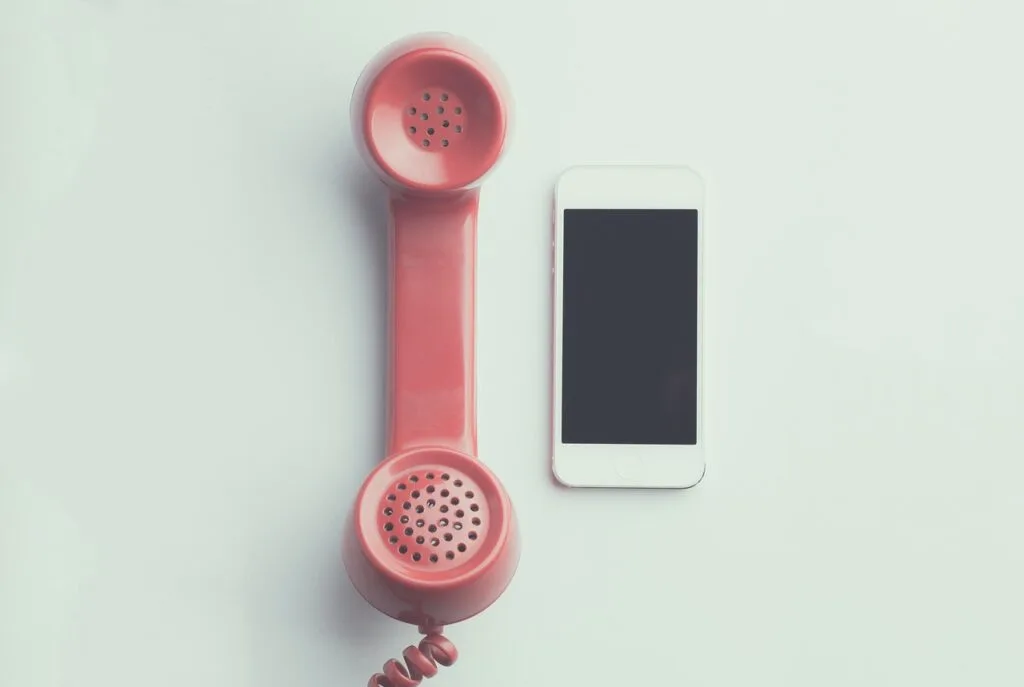 Photo courtesy of NEOSiAM via Pexels
Photo courtesy of NEOSiAM via Pexels
We always have our hands on our phones. We touch our devices a multitude of times a day after being left on surfaces that might be contaminated. Unlike our hands which we can wash with soap and water for 20 seconds, your phones can be cleaned and disinfected using alcohol-based disinfecting wipes. Or, you may use a microfiber cloth dipped in 70% isopropyl alcohol. Any cleaning agent with bleach should never be used to clean your mobile phones.
How do you properly disinfect your mobile devices?
Step 1: Switch off your phone.
Step 2: Remove it from any external casing.
Step 3: Wipe off any visible dirt using a slightly dampened cloth. You can use your nails underneath the cloth to remove stuck dirt from the crevices of your phone.
Step 4: Wipe the screen, the back, and the sides of your phone as well as the housing with the cloth dipped in rubbing alcohol.
Step 5: Let the disinfectant sit for a minute.
Step 6: Wipe your phone dry and re-install the housing.
If you have a wired landline telephone at home, make sure to regularly disinfect the entire unit, especially its number pad and handset that are both frequently touched. Follow the same steps in No. 5, to clean and disinfect your landline.
6. Keys
 Photo courtesy of George Becker via Pexels
Photo courtesy of George Becker via Pexels
Your keys are one of the home items to be disinfected regularly. Cleaning your keys is relatively easy. All you need to do is mix warm water and dish soap together in a bowl, then drop your keys in the mixture and give them a good rub while immersed. Use a toothbrush to scrub off the dirt from the crevices of your keys. Then rinse the keys in a bowl of clean water, then wipe dry with a clean piece of cloth. After they’re clean and dried, apply isopropyl alcohol or bleach solution then air dry.
7. Eyeglasses
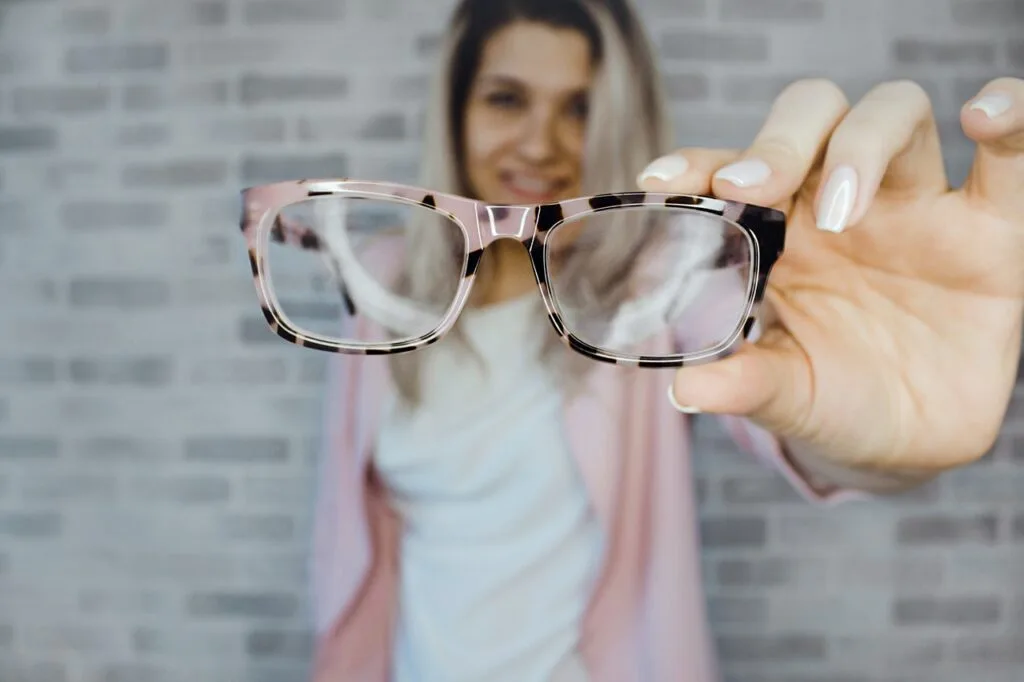 Photo courtesy of Designecologist via Pexels
Photo courtesy of Designecologist via Pexels
With the outbreak of COVID-19, people are encouraged not to touch their faces with unclean hands. This means if you’re wearing contact lenses, you need to switch back to wearing your eyeglasses, to help lessen your chances of contracting the virus.
Then, again, if you’re wearing eyeglasses, chances are you might be touching them often, especially if the lenses get foggy, making them dirty and susceptible to bacteria.
To clean and disinfect your eyewear properly, wet them with warm water. Apply a tiny amount of dish soap on both lenses, lather, and rinse using warm water. Then dry them with a piece of soft cotton cloth to avoid scratching them. Remember to avoid using rubbing alcohol when cleaning your glasses, as this can damage them.
8. Bags and purses
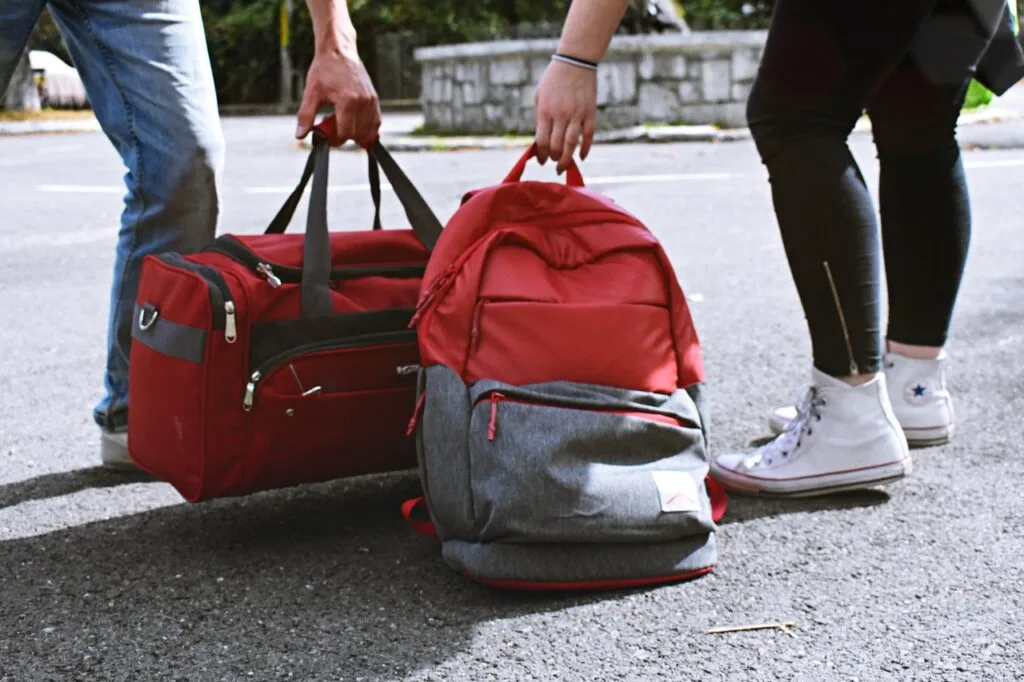 Photo courtesy of Dids via Pexels
Photo courtesy of Dids via Pexels
Aside from your phones, your bags and purses are always with you when you go out of the house. You might unknowingly place them on countertops and floors that are dirty. So viruses and bacteria can get transferred to them.
There are many ways to clean and sanitize your bags and purses. The process and the kind of disinfectant to use will depend on the material your bags are made of. For example, if your purse is made of leather, you can wipe it using disinfecting wipes. If they’re made of cloth, then you can wash them with soap and water and let them dry.
9. Toys
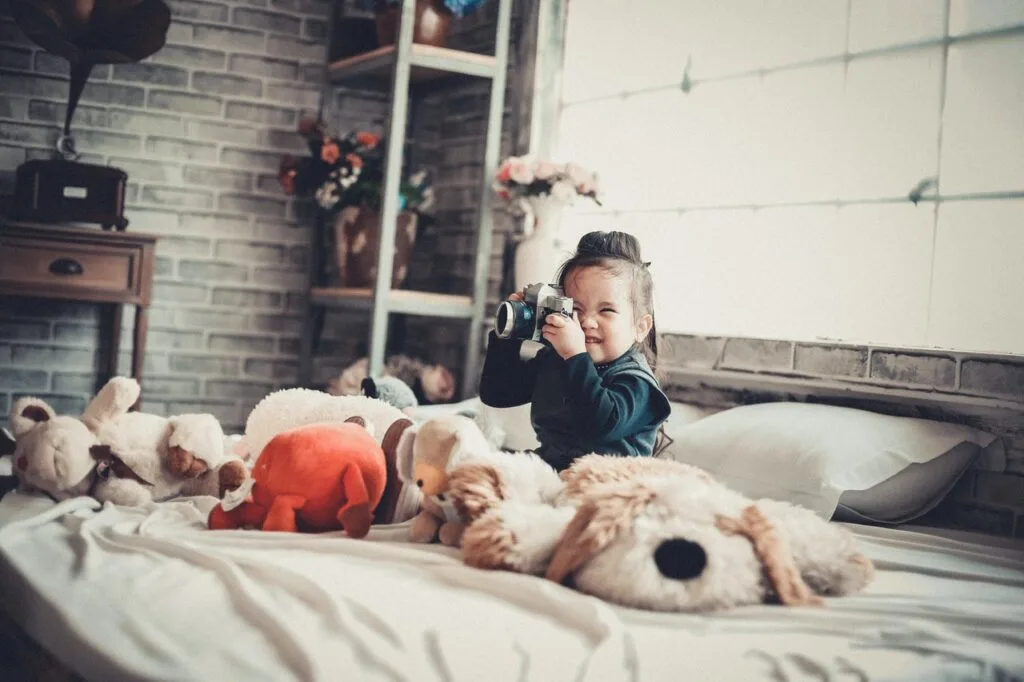 Photo courtesy of Kha Ruxury via Pexels
Photo courtesy of Kha Ruxury via Pexels
Children, aside from the elderly, are more susceptible to acquiring the Novel Coronavirus. This is why you need to ensure that all the things your kids use or play with are clean and sanitized. Kids are genuinely attached to their toys; so to make sure that your children stay safe, clean, and disinfect their toys often.
There are different ways to disinfect toys. Follow the cleaning instructions on the label or the tag. If your child’s toys are made of wood, you can wipe them clean using a piece of cloth dipped in 50/50 water and vinegar solution or mild soapy water.
Once the toys dry, wipe them with a piece of cloth dipped in warm water, to remove any cleaning solution then let them dry again. If the toys are made of plastic, soak them in a bleach solution made up of a half cup of bleach and a gallon of water. Rinse toys then let them dry.
For plush toys, wash them in warm water and soap. If you’re using a washing machine, place them inside a pillowcase and tie it in a knot. Set the machine to a gentle cycle with low heat. Let the stuffed toys dry in direct sunlight, to kill remaining germs and viruses.
Being extra conscientious about cleanliness is part of today’s new normal. It won’t hurt to go the extra mile to disinfect common household items that you usually touch. After all, this is the best way to prevent most viruses from entering your homes.
Just remember that cleaning and disinfecting household items can transfer germs from your hands and back to the items you just cleaned. So, as a best practice, wash your hands before and after cleaning and disinfecting. Also, make it a habit to wear a pair of latex gloves before performing these cleaning activities.








